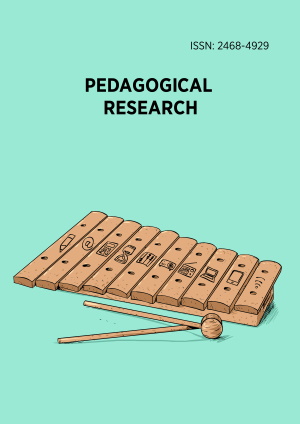Abstract
The teaching of first-degree equations is a key point in secondary school curricula and requires the careful planning and selection of appropriate teaching materials. On the other hand, dyslexia, a specific learning disability, is increasingly common in the classroom. Thus, in the context of inclusion, the teaching methodology used by the mathematics teacher to present the concept of equation is a crucial factor for ensuring the equal and active participation of all students in the educational process. In this article, we present a two-month teaching intervention on first-degree equations that we carried out with forty students with dyslexia randomly divided into two classes, who were attending a special vocational high school in Greece. In one group, we used manipulative materials, while in the other group, we used traditional teaching methods. The results, which are derived from a combination of quantitative and qualitative methods, showed that the students in the first group achieved better results in the final test than did the students in the second group, while at the same time, they showed increased engagement in the learning process and, to some extent, improved their social skills and gained confidence.
License
This is an open access article distributed under the Creative Commons Attribution License which permits unrestricted use, distribution, and reproduction in any medium, provided the original work is properly cited.
Article Type: Research Article
PEDAGOGICAL RES, Volume 9, Issue 4, October 2024, Article No: em0219
https://doi.org/10.29333/pr/15027
Publication date: 01 Oct 2024
Online publication date: 02 Sep 2024
Article Views: 2391
Article Downloads: 804
Open Access References How to cite this article
 Full Text (PDF)
Full Text (PDF)